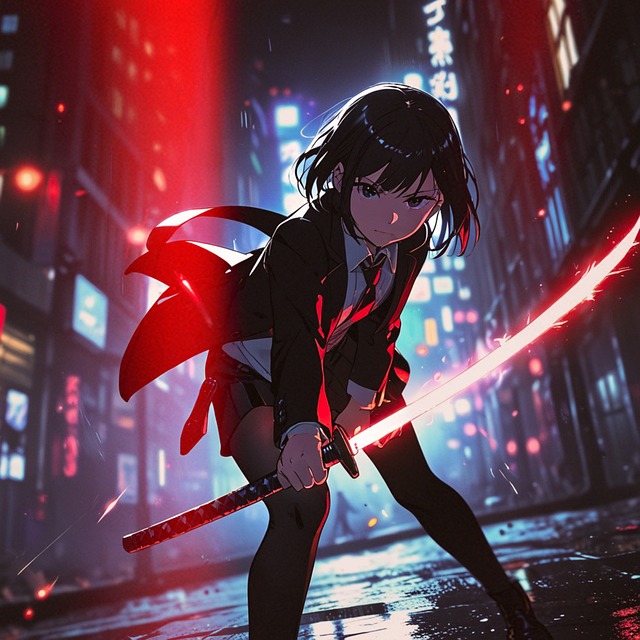Introduction
Mickey Mouse, the iconic character created by Walt Disney and Ub Iwerks, has been a beloved figure in popular culture for decades. However, recent discussions have sparked curiosity about the concept of “what killed Mickey Mouse.” This article delves into the factors that led to the perceived decline in Mickey’s prominence and explores whether Mickey is truly fading away or simply evolving with the times.
The Birth of Mickey Mouse
In 1928, Walt Disney and Ub Iwerks introduced the world to Mickey Mouse in the groundbreaking animated short film “Steamboat Willie.” This character quickly captured the hearts of audiences with his charming personality and adventurous spirit, laying the foundation for what would become an entertainment empire.
Mickey Mouse’s Golden Era
Throughout the 1930s, Mickey Mouse enjoyed a golden era, becoming a household name and a symbol of the burgeoning animation industry. The character’s popularity soared, leading to an array of merchandise, comic strips, and even a fan club. Mickey wasn’t just a character; he was a cultural phenomenon.
Changing Times in Animation
As the animation industry evolved, so did its characters and storytelling methods. The introduction of color, more sophisticated animation techniques, and the rise of new characters marked a significant shift. This era saw the emergence of Bugs Bunny, Tom and Jerry, and other characters that provided stiff competition to Mickey Mouse.
Decline in Popularity
By the mid-20th century, Mickey Mouse’s popularity began to wane. The competition from other animated characters and changing audience preferences played a significant role. The simplistic, wholesome charm of Mickey Mouse struggled to compete with the more complex and varied personalities of new animated stars.
Mickey’s Reinvention Attempts
Disney made several attempts to reinvent Mickey Mouse to keep him relevant. From redesigning his look to creating new television shows and movies, these efforts met with varying degrees of success. While some reboots were well-received, others failed to capture the magic that made Mickey an icon.
Modern Animation and Streaming Services
The advent of digital streaming platforms like Netflix, Disney+, and others revolutionized the entertainment landscape. New forms of content, such as binge-worthy series and on-demand viewing, shifted audience preferences away from traditional animated shorts. Mickey Mouse had to compete not just with other animated characters but also with an array of diverse content.
Cultural and Social Changes
As societal norms and values evolved, so did the relevance of classic characters like Mickey Mouse. Modern audiences sought characters and stories that reflected contemporary issues and diverse perspectives. This shift impacted how classic characters, including Mickey, were perceived and enjoyed.
Corporate Decisions and Focus
Disney’s corporate strategy also influenced Mickey Mouse’s prominence. With the acquisition of major franchises like Marvel, Star Wars, and Pixar, Disney’s focus shifted to promoting these newer, highly lucrative properties. Mickey Mouse, while still a significant brand ambassador, received less spotlight compared to these blockbusters.
Nostalgia and Legacy
Despite these changes, Mickey Mouse remains a powerful symbol of nostalgia. For many, Mickey represents childhood memories and a simpler time. The character’s enduring legacy is cemented through various nostalgic merchandise, theme park attractions, and classic cartoon reruns.
Mickey in the Digital Age
Mickey Mouse has adapted to the digital age through various means, including appearances in video games, social media, and digital content. These adaptations help maintain his relevance among younger audiences who are more engaged with digital platforms.
Mickey Mouse and Education
Mickey Mouse has also carved out a niche in educational content. Programs like “Mickey Mouse Clubhouse” introduce the character to new generations while providing educational value. This role in early childhood education helps keep Mickey relevant to families and children.
Global Influence of Mickey Mouse
Mickey Mouse’s influence extends beyond the United States, with a significant presence worldwide. The character has been adapted to various cultures and languages, ensuring his appeal remains global. This international recognition further solidifies Mickey’s status as an enduring icon.
The Future of Mickey Mouse
Looking ahead, Mickey Mouse’s future appears promising with potential for new projects and continued relevance. Whether through new animated series, movies, or digital content, Mickey has the potential to adapt and thrive in the ever-changing entertainment landscape.
Conclusion
In conclusion, the idea that Mickey Mouse is “dead” is a misconception. While the character’s prominence has fluctuated over the years due to competition, changing audience preferences, and corporate strategies, Mickey Mouse remains an enduring cultural icon. The character continues to evolve, finding new ways to connect with audiences and maintain his legacy.



